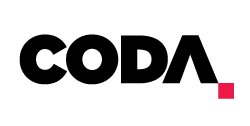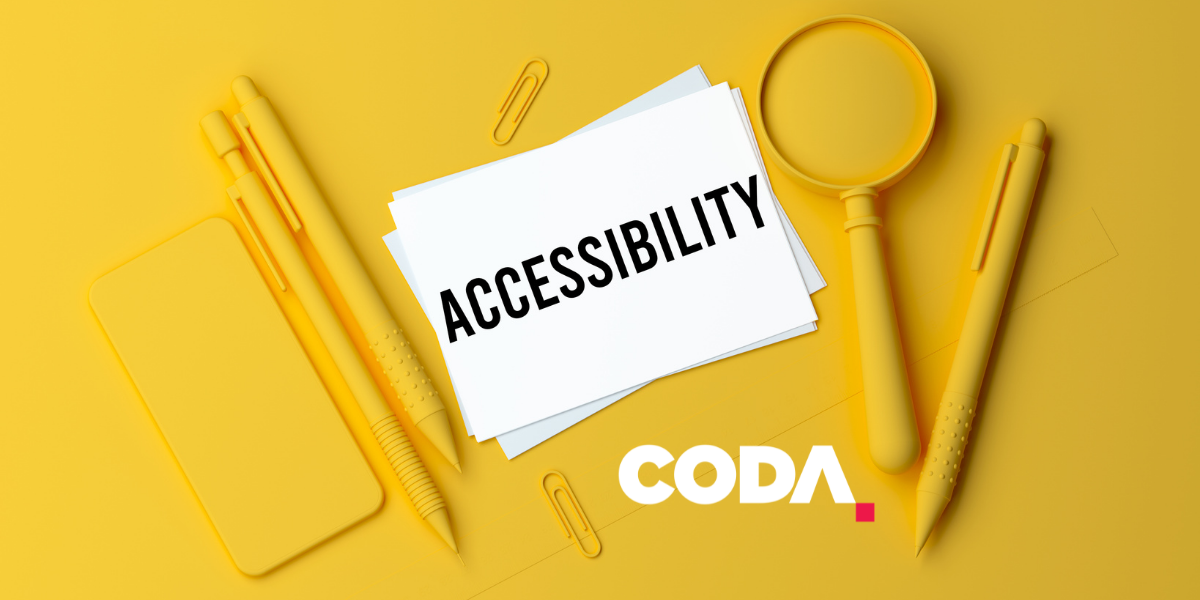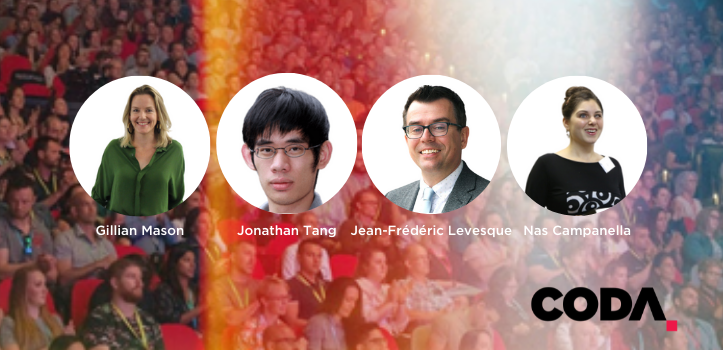Nas Campanella is a high-profile public media identity whose experience of being a blind patient, provides a first-hand account of accessibility and inclusion challenges in healthcare.
Facing early childhood memories which involved countless hospital visits, she remembers needles, cannulas and feeling incredibly anxious about going into the operating theatre.
That was, until the day that she stopped and said, I’ll do this (surgery) if it is my last.
Nas wanted to live a happy life and to live her life blind. She wasn’t interested in cures, or medical procedures, because being blind is part of who she is.
It is common for healthcare providers to see patients with a disability through a medical treatment lens. That is, a focus on fixing or curing the ‘issue’.
The concept that a patient with a disability isn’t necessarily seeking a cure for a problem is often difficult for healthcare professionals to understand. After all, we go into medicine to make people better.
Nas’s experience taught her a lot about accessibility and inclusion in healthcare.
The way information is provided, can make a crucial difference to a patient’s decision-making and their outcomes.
There is often a need for very simple explanations about how something is going to work.
Remembering to not just explain in words, but to take a blind person’s hand and trace it around a diagram.
Nas encourages us to involve people with accessibility needs in their own care. Don’t just talk to careers and family members.
At least 4.4 million people in Australia live with a disability.
Understanding how to provide better care for this population is a crucial step towards achieving equitable accessibility and inclusion for patients with a disability.
For more like this, head to our podcast page. #CodaPodcast
(Gillian) I’d like to introduce Nas Campanella.
She’s the ABC’s disability affairs reporter. She holds a communications degree at the University of Technology Sydney, where she majored in journalism.
She began her work with ABC as a cadet before working as a regional reporter for Triple J. As many of us know her voice from.
Nas is totally blind and she lives with a neurological condition that prevents her from reading braille. She was the first blind newsreader in the world and she’s a great friend of my neighbour. So please join me in welcoming Nas to open the session on equity.
– (Nas) Thank you, Gillian, like you, I also feel quite strange doing a presentation. This is only the second one I’ve done in 12 months that has actually been in front of a live audience. So treat me kindly and we’ll see how we go.
I want to start off by getting you to close your eyes. I want you to think back to your early childhood, what was it like?
What are some of the memories that pop up when you think about those early days?
Hopefully for many of you it’s smiles, hugs, laughter, sand between your toes, running barefoot on the driveway. Whatever it might be, I’m sure it’s memories of joy and happiness and lots of family time. I have those memories as well of my childhood but the ones that really stick out are ones of mostly being in hospital.
They’re memories of feeling needles stinging into the crux of my elbows, feeling numbing cream or struggling to get a cannular in the back of my hand.
Doctors talking about me, not to me. My parents feeling increasingly frustrated by going to the same specialists, or seeing the same nurses, at the same facilities, over and over again and being asked the same questions. Also being asked to repeat the entire history and what had happened to my vision.
A lot of them are memories of feeling incredibly anxious and shaking uncontrollably before going into theatre and needing a warm space blanket to calm me down. So much so that I never had the ability to say my name or my birth date so that the nurses could check that I was the right patient and that I had the right wristband.
My dad always used to come into theatre with me and stay until I fell asleep. That was one of the special memories. For a long time, I wasn’t able to go into theatre on my own. In fact, the first time I did was for a minor procedure last year at age 31.
Sometimes even now, I’ll smell certain things. Dettol and nail polish remover and they’ll remind me of hospital and I’ll instantly be transported back to that time. Back to those traumatic situations when I didn’t want to be there.
There are also things like colour. For someone who has no vision maybe that’s a little hard to understand but I have this vivid memory of seeing white hospital walls and sheets. I have no idea if it’s the same white that you see but for me, white is not a pleasant colour. So much so that when I got married three years ago everyone just knew instantly that I wasn’t going to walk down the aisle in a white dress.
I remember having these situations happen over and over again, where I’d be held down and people would try and convince me to have needles or to have surgeries. I would plead with my parents and the doctors that I didn’t want surgery. I didn’t want countless procedures to try and fix my sight.
At age nine, I bribed mum for a posh spice Barbie doll. That was the only way that I would allow her to let me do surgery. At age 10 it was “mum I’ll only have the surgery if you let me go to a fancy hair salon and dye my hair blonde.”
As I got older, it was things like a new pair of high heels, makeup, until my mid-teens where I said, I’ll only do the surgery if it’s the final one.
I wanted to be happy. I wanted to be a normal teenager and I wanted to live my life blind. I wasn’t interested in cures or being fixed. I think that was something that was really hard for both the doctors and my parents to understand.
Initially when I had my diagnosis, which wasn’t really a diagnosis, even today, it’s still known as a rare retinal abnormality. It was almost declared to my parents as something that would be negative, hard, challenging. This difficult life that would never, in a sense, be lived to its fullest. That simply hasn’t been the case but at the time it’s what my parents were fed in terms of information and I fed off that. Their frustrations with negative things that people said also fed to me.
So, I started to feel as a kid like things needed to be fixed or that I needed to find a cure. I felt like a Guinea pig.
I was often being flown to some weird and wonderful hospital across Australia where someone had come from overseas with a new technique or a new procedure that would be flouted as something that would fix my vision. It never worked clearly, because I still have no vision.
It started to become just part of life that every now and again, I was pulled out of school and I would miss out on learning. I would miss out on time with my friends. I wasn’t living my best life because I was in and out of hospital trying to be fixed and cured.
So that day when I said to mum, “I’ll only let you put me to sleep so we can do this last surgery if it’s my final one,” was a real moment for my parents.
It was a moment of going, “why are we doing this? She’s really happy. She’s okay and it’s time that we listen to her” and it was my mid-teens and it was the first time anybody had listened to what I wanted in regard to my health.
For me that last surgery, I came out of it and I felt for the first time utter relief, because I felt like it was the last time that I was going to have something done that was against my will. That wasn’t discussed with me properly.
Of course, I’ve had other surgeries since then but they’ve been ones where they’ve been my choice. They’ve been discussed with me. Information has been given to me so that I could make my own decisions.
As I got older, I was able to advocate for myself and advocate for the sorts of accessibility that I needed in health care. Things like explaining to doctors that you can’t just show me a diagram. You need to actually take my hand and you need to show me, trace my hands around a diagram to show me what something looks like or what part of the body it’s in and what you’re going to be doing.
You need to articulate in very simple language what you’re going to be doing and how it’s all going to work. I learned a lot the way what I needed. So whenever I go into hospital, I’ll say things like “just please don’t put anything on my face until I’m asleep.” Then, I won’t know it’s there and I won’t feel the claustrophobia and I won’t be anxious. Talk to me until I go to sleep. All of those things have helped along the way.
As I said, for the first time going into surgery last year as a 31-year-old and I said to my husband, “you know this is the first time I’ve ever gone into surgery on my own.”
I felt really silly to say that but on the other hand, I was incredibly proud that I had come this far despite everything that had happened. I know that I’m not the only one who’s experienced this kind of trauma.
A recent anthology entitled, “Growing Up Disabled in Australia” has been released. It’s 47 stories written by people with lived experience of disability. Not parents, not carers, because those aren’t lived experience of disability. While important, they are observed experience of disability.
These 47 people all have incredibly different stories. Why wouldn’t they? We’re not a homogenous group. One thing that stuck out to me in reading this anthology was that we all had some form of experience with trauma and a lot of it had to do with medicine.
If not for the way that we were treated or spoken to, or not spoken to, then an experience of viewing disability from the medical model that is needing to be fixed or cured.
Some of us in the disability community don’t want to be fixed. We don’t feel that way about our disability. We’re incredibly proud and see it as part of who we are.
I know it’s really difficult for some people to understand that because why do you go into medicine? You go into medicine to make things better.
I think sometimes you need to understand that everyone’s life can be seen in such a different way. It’s all about how we frame disability.
In my role as disability affairs reporter, in the last year I have covered some incredibly tragic stories. Stories of women having a pregnancy scan and being given information to have an abortion once a diagnosis of down syndrome for an unborn child is discovered.
Not encouraged, not given just information to make their own decision, told it’s what you should do.
I’ve also covered stories where autistic women have struggled with mental health their entire life. They’re more susceptible to eating disorders, anxiety and depression.
Yet when they go into a doctor surgery they’re made to sit in a noisy overstimulating waiting room. How can they be blamed for having meltdowns when they are in sensory overload?
They often walk into a surgery and find that it’s hard to understand multiple parts to a question. There might be three parts to a question that a doctor’s asking and autistic people need more time to process. So, while you’re on the second or third part of that question as a doctor, an autistic person might still be thinking, considering, listening and taking in the first part of your question. They’ll miss the second and third part.
Autistic women have told me that that’s rarely understood or taken into consideration. Autistic women in this particular story, also told me that for them it is knowing who they’re going to see, the environment they’re going to. Is it going to be the same? Is it going to be the same doctor?
It takes an incredible amount of processing time and energy to get used to an environment or to people and to the kinds of language that’s going to be used in an appointment.
When that all changes all of a sudden, that person finds it hard to therefore understand who they’re seeing, why they’re seeing them. It makes it really difficult to go ahead with an appointment.
I’ve also covered other stories relating to COVID-19 of course. One of them in particular has been the use of telehealth.
Now people with disability have been crying out for telehealth for decades. I spoke to one woman who hasn’t left the house, or her bed, in 20 years because of chronic illness.
She was absolutely delighted when telehealth was accessible for her, but so terrified at the same time that when COVID ends, whenever that might be, that it will just be taken away.
For some people, telehealth, like me, for example, has meant that it’s so much easier to get to an appointment. I don’t have to rely on my husband or expensive transport to get there. I can just do it from the comfort of my own home.
For others, for example in the autistic community, it’s been a struggle. I did a story on women who were unable to continue with psychology appointments because they simply couldn’t tell the difference between home life and the psychology appointment. All of a sudden that psychology appointment had entered their living room.
I guess I want to say that I’m not sharing these stories to put anyone in a naughty corner or to make anyone feel bad, I’m also incredibly supportive and grateful to the medical profession and wholeheartedly believe in everything that you do.
I think what I want to really get across is that everyone is unique. We all have very individual needs and we should be treated in that way.
We’re individuals that all have a very unique perspective and you should include us in our own care and not just talk to our carers and family members. If we don’t communicate in traditional ways, if we’re non-verbal, if we don’t communicate through written or spoken language, find a way to communicate with us.
There is always a way.
Thank you very much for having me here today. It’s an absolute pleasure to come and share some of my personal and professional experience with you.
I look forward to hearing some of the words you’ve come up with and also some of the questions that you might have around healthcare. I really support and believe in everything you do. This session is really about helping you all become better practitioners so that you can serve people living with disability.
There are 4.4 million of us in Australia. If you don’t cater your services to suit us, that’s 20% of the population that you are under serving. That’s a travesty.
Thank you very much. And I look forward to continuing the conversation.
– (Gillian) Thanks so much Nas for sharing those stories, your own and others. Your reporting on the Disability Royal Commission is going to give us so much to think about.
You were talking about communication, needing to be accessible in healthcare. Communication in general about health issues needs to be accessible to everyone in the media. I think the lack of representation of disabled people having lives and not only being inspirational stories or someone to pity with a terrible thing going on, is a big part of why as health professionals we are not prompted to think about people’s access needs.
So, this session is not at all supposed to be an us vs you, or us vs them situation. It’s just talking about how we can make sure that we actually remember that people have different needs, so then we provide great health care.
Nas Campanella
Nas Campanella is the ABC’s Disability Affairs Reporter. Nas is totally blind and lives with a neurological condition called Charcot-Marie-Tooth (CMT) which means she can’t read Braille. After completing a Communications degree at the University of Technology Sydney, majoring in journalism she started with the ABC as a cadet. Nas has worked as a regional reporter in south eastern New South Wales and then as a triple j newsreader for seven years. In taking on this role, Nas became the first blind newsreader in the world to read and operate the studio for herself live to air. In 2020 she was appointed to the senior national Disability Affairs role.





